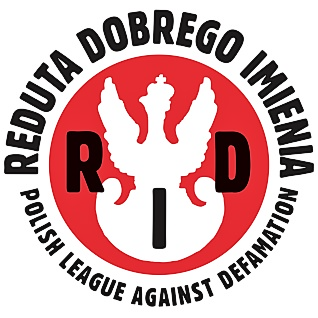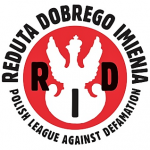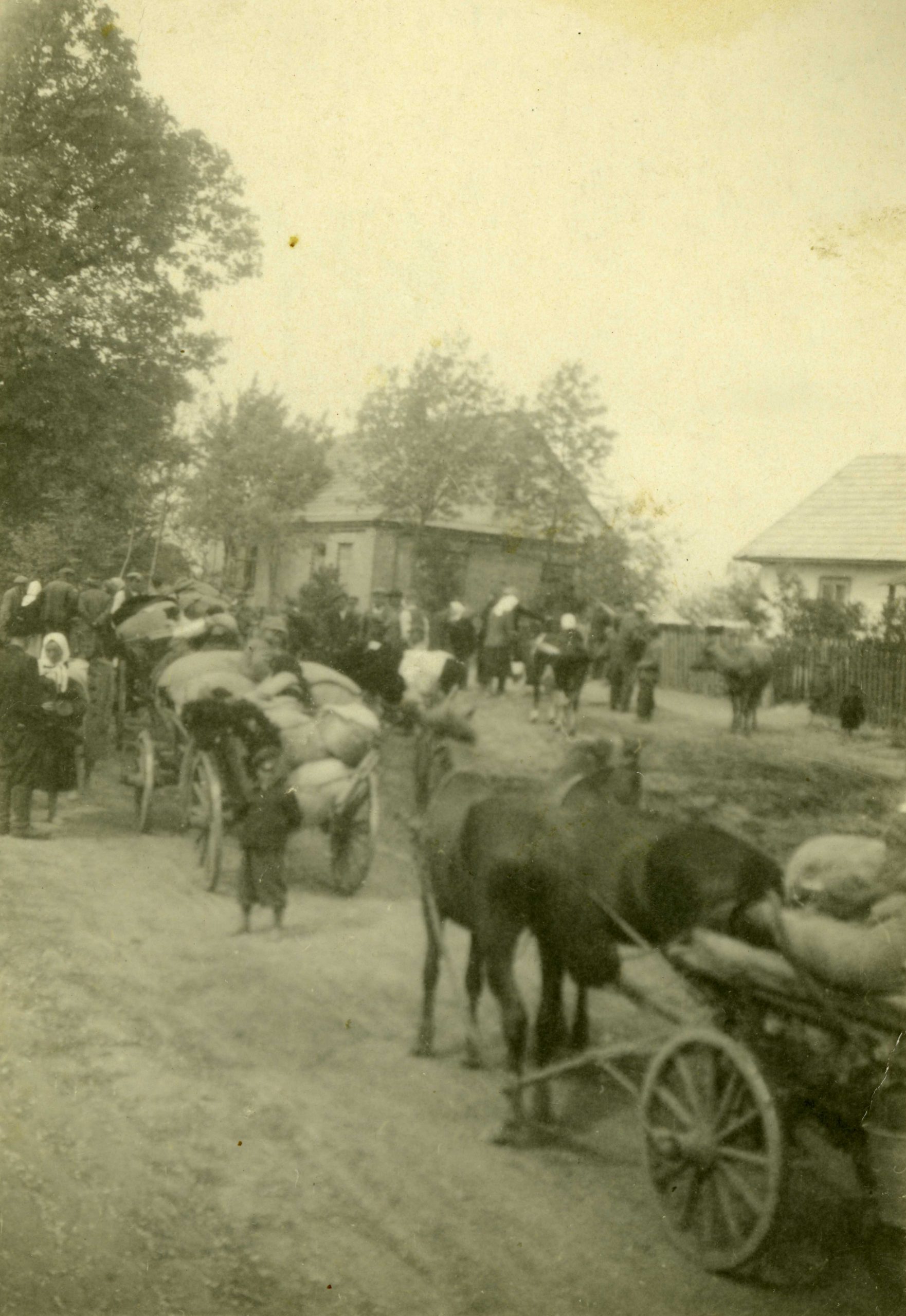Children of Zamojszczyzna
"In those times, I witnessed firsthand how the Germans separated children from their mothers. The separation of mothers from their little ones shook me the most. The worst tortures I endured were nothing compared to that sight. The Germans took away children, and in case of any resistance, even the slightest, they beat mothers and children with clubs until they bled. The camp echoed with the screams and cries of the unfortunate. Often, mothers would beg the Germans for food for their hungry and frozen children. All they received in return was a blow with a stick or a whip. I saw how the Germans killed small children (…) The hygienic conditions were terrible. Lice, dirt, fleas, and bedbugs literally devoured people," recalled Leonard Szpuga, displaced from the village of Topólcza.
The matter of the children of Zamojszczyzna is perhaps the cruelest aspect of the resettlement process that the Germans carried out in this area in the years 1942-1943. The youngest, like their parents, were forced to leave their homes and were sent first to the camp in Zamość and later to a similar place established shortly afterward in Zwierzyniec. The Germans' ruthlessness towards the Poles there may have been even greater. Edmund Lotz described that place as follows: "[...] at the assembly [...] I saw [...] a man around 70 years old. [...] A German stood up from the table and shot the old man without any reason. [...] Jan Buczko from Zamch brought bread for hungry men in the penal field. A guard saw it from the tower and shot, killing [...] a man from the group sharing the bread [...]. Mortality in the camp was high, mainly among the elderly and small children. [...] During my stay in the camp, over 100 people died."
Due to the dire conditions, both in Zamość and Zwierzyniec, many people, especially children, fell ill with various diseases. Czesław Główka mentioned it: "And here, in the Zamość camp, we were welcomed by insects, although we brought a sufficient amount with us from Zwierzyniec. It was a troublesome plague. People defended themselves in various ways. They undressed, shook their clothes, but it helped little. Children looked the worst. They only knew one way – scratching themselves. They looked awful with those scratched, bleeding furrows on their faces, hands, legs, and neck."
In the camps in Zamość and Zwierzyniec, children, like adults, underwent the selection mentioned earlier in this text. Julian Grudzień recounted how it could have looked, even though he was only four years old at the time: "I stood before the medical commission; there were two doctors, a German and a Pole. They undressed me, examined my eyes, I had to raise my arms, they checked my hair... After all, they hung a plaque with the symbol KI around my neck, meaning Kinderaktion. It turned out that I was suitable for sending to the Reich. I was fit for Germanization [...] My mother began to cry and begged them to leave me with her at least. My father had been separated from us earlier. After the war, my mother told me that she managed to plead with the Polish doctor, and they left me."
However, not all children had the luck of Grudzień; the Germans shamelessly took Polish children away from their parents and transported them in unknown directions. The tragedy they must have experienced can only be imagined.
Children not destined for Germanization were decided to be sent in cattle cars to various parts of the General Government. Some children, along with older people, were directed to the so-called "rent villages," special settlements created in pre-Jewish towns, mainly located in Mazovia. Those who arrived there—many died on the journey—were left to fend for themselves. However, the local Polish population came to their aid, helping them survive. Zdzisław Wróbel recalled: "When the train entered the station in Siedlce on February 1, 20 bodies were laid on the platform. I remember the huge crowd. People found out that a train with children from Zamojszczyzna was already on the way and came to rescue us. There was indescribable chaos; there were doctors, nurses, many people had red crossbands, railway workers tried to bring order. Someone treated me to soup. Never before or after did ordinary soup taste so good to me."
In addition to the cases described above, thousands of children from Zamojszczyzna were directed to German concentration camps such as Auschwitz and Majdanek, as well as to a concentration camp for children in Łódź. Unfortunately, many of them were murdered by Nazi war criminals. A symbol of their cruel fate is Czesława Kwoka.
This girl was born in Wólka Złojecka in 1928. She lived there with her mother Katarzyna, who raised her alone while running a small farm. Both Czesława and Katarzyna were sent to the Zamość camp in early December 1942. They were then transferred to Auschwitz (the Germans sent three transports to this camp, totalling around one and a half thousand people, including one hundred and fifty children), where they perished. First, Katarzyna was killed, and Czesława was murdered with a phenol injection on March 12, 1943.
According to estimates, the Germans displaced about thirty thousand children from Zamojszczyzna. In doing so, they took away everything that was most precious to them – parental love, the warmth of a home hearth, and childhood.




